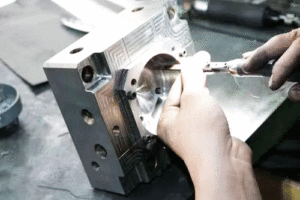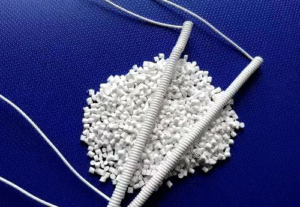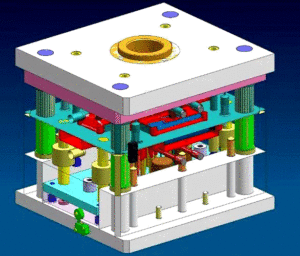
Polishing Treatment for Plastic Molds
Polishing Treatment for Plastic Molds With the widespread application of plastic products, such as daily-use items and beverage packaging containers, there is often a requirement
Do you think yourself know a lot about the injection molding process? Let’s have a test to check if that’s true.
The relationship between injection pressure and injection speed is as follows:
Among the injection molding process parameters, speed is dominant, and there is no direct relationship between the two.
In production, for example, an injection speed of 100 mm/s is set, when the actual injection pressure is less than the set pressure value, the screw is formed at an injection speed of 100 mm/s. When the actual injection pressure exceeds the set pressure value, the screw cannot reach the injection speed of 100 mm/s. The relationship between the actual injection pressure and the injection speed is that the faster the speed, the greater the actual pressure value. The higher the injection speed, the more pressure you need to set.
When the speed is very slow, pressure should be also set high. That is to say, the point with the lowest injection pressure is generally neither at the fastest speed, nor at the slowest speed.
In terms of mold, the main factors affecting the deformation of plastic parts are pouring system, cooling system and ejection system.
For the temperature control of the mold, the temperature difference between the moving mold and the fixed mold, the core and the mold wall, the mold wall and the insert should be determined according to the structural characteristics of the product, so as to control the difference in the cooling shrinkage speed of each part of the product.
After demoulding, the product tends to bend in the direction of higher temperature to compensate for the difference in orientation shrinkage and prevent the product from deforming according to the orientation law. For products with exactly the same shape, the mold temperature should be kept the same, so that the cooling of each part of the product will be balanced.
Resorption, large or small, will directly affect the quality of the product. If it is large, it will easily cause silver wire on the surface of the product. If it is small, the product The product is prone to unstable residual quantity, unstable product quality, mold runner overflow and nozzle threading, etc.. The general empirical value should not be less than 5mm.
How to optimize:
According to the empirical value, fine-tune the process in actual production until no overflow occurs and qualified products are produced.
Large back pressure:
Low back pressure:
Back pressure setting: the principle is from small to large (refer to the value given by the material supplier and the structural characteristics of the product for details)

Polishing Treatment for Plastic Molds With the widespread application of plastic products, such as daily-use items and beverage packaging containers, there is often a requirement

Injection Molding Techniques for TPE and TPR Injection Molding Techniques for TPE and TPR 1. Dry the TPE and TPR material before injection molding It

Winter Maintenance Measures for Injection Molding Machines As winter approaches and temperatures gradually drop, a cold chill envelops the earth. While ensuring personal warmth, it

Assessment Regulations for Mold Trial Exceeding 3 Times Assessment Regulations for Mold Trial 1. Purpose The purpose of this regulation is to standardize the work of